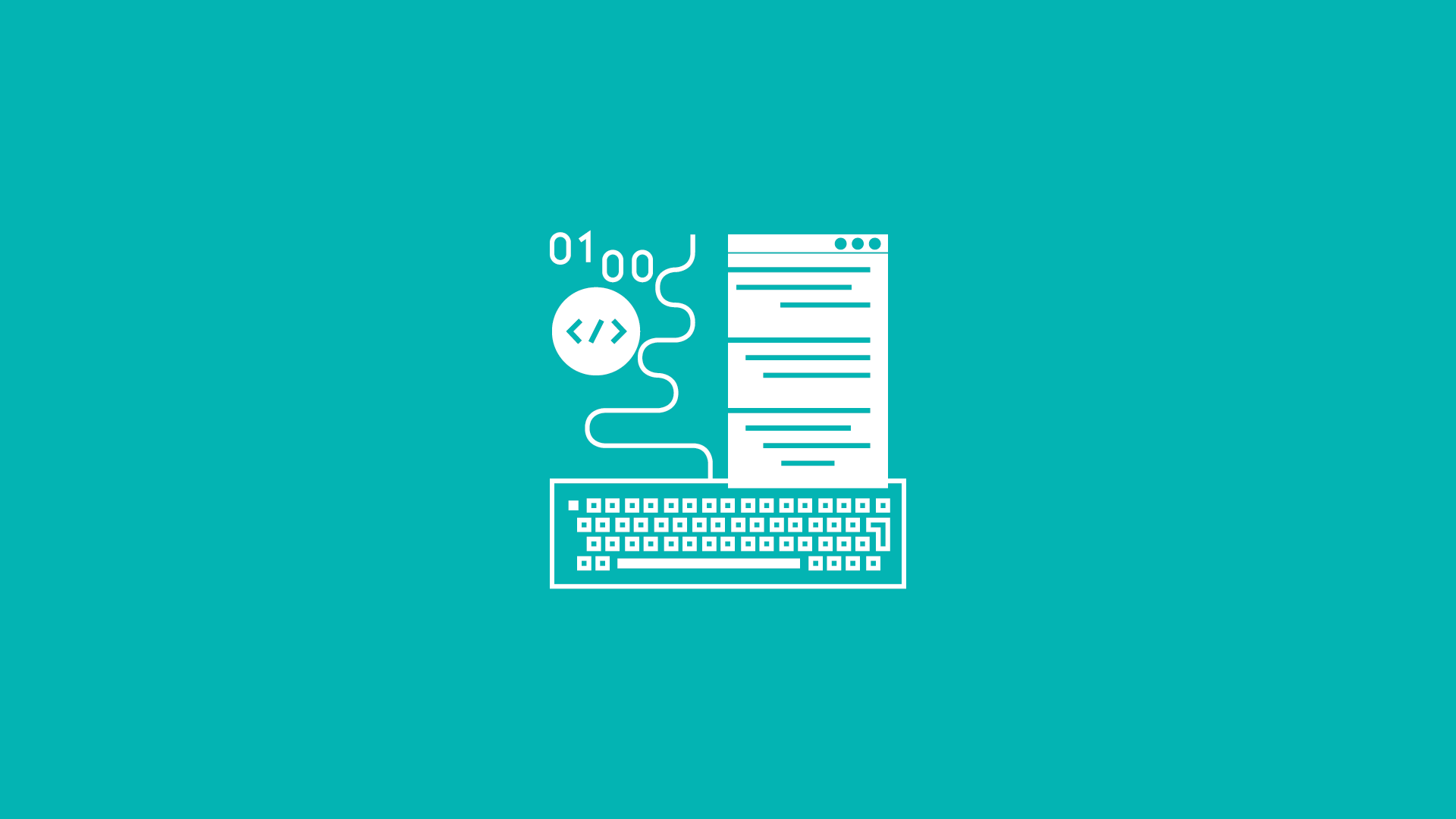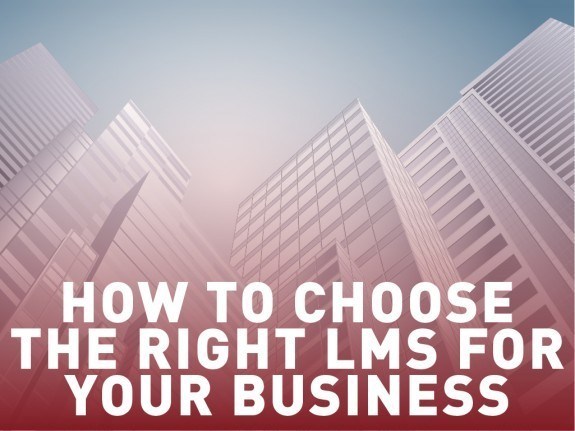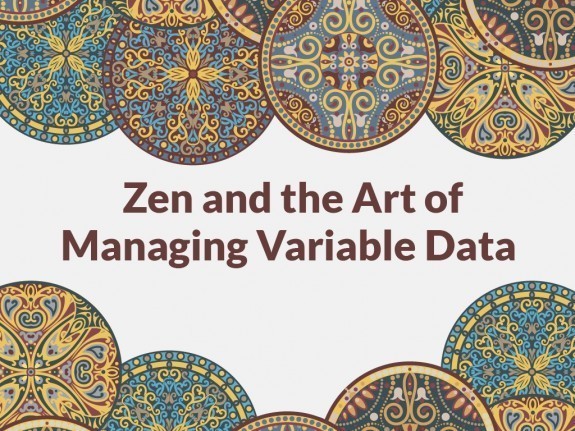Search for...
#SCORM Bookmarks
Published Bookmarks
 First Steps for Planning Your SCORM Compliant Elearning | SchoolKeep
First Steps for Planning Your SCORM Compliant Elearning | SchoolKeep
Third in a series on the benefits of SCORM compliant elearning. How to select authoring tools and a learning management system and how to use SCORM to build course content.
The Simplest Definition of SCORM You’ll Ever Read | SchoolKeep
Anyone who works in online education or has been tasked to develop an online learning program for their company or customers has likely encountered the term "SCORM" or "SCORM compliance". What does SCORM mean? How important is it?
 Top 10 HTML5 eLearning Authoring Tools | DigitalChalk Blog
Top 10 HTML5 eLearning Authoring Tools | DigitalChalk Blog
There are several HTML5 eLearning authoring tools available for developers. In the continuation, you will find a list of the top 10 tools you can start using with ease.
 5 Benefits of Teaching with SCORM in Your Online Course
5 Benefits of Teaching with SCORM in Your Online Course
SCORM content is widely used in the e-Learning, instructional design and online training industries. But what exactly is it? Well, SCORM stands for Shareable Content Object Reference Model (SCORM). It is a set of technical standards for presenting content on online training platforms and learning management systems (like DigitalChalk or iSpring Learn). The key is to have a learning management system (LMS) that is SCORM compliant. Not all systems are, in which case you would not be able to use a
 Why You Should Use SCORM in Your Online Courses | DigitalChalk Blog
Why You Should Use SCORM in Your Online Courses | DigitalChalk Blog
SCORM (Sharable Content Object Reference Model) is a collection of standards and specifications for web-based electronic educational technology (also called e-learning).
 How To Choose The Right LMS For Your Business - eLearning Brothers
How To Choose The Right LMS For Your Business - eLearning Brothers
Many factors go into selecting an LMS for your company. We'll walk you through the steps of choosing an LMS for your business when the options overwhelm you.
 Zen and the Art of Managing Variable Data - eLearning Brothers
Zen and the Art of Managing Variable Data - eLearning Brothers
Open your mind's eye to achieve Nirvana and become one with the variable data.
 The CMI-5 Course Package, similar to SCORM... but better
The CMI-5 Course Package, similar to SCORM... but better
This is the third in my series of articles on CMI-5, the next generation of SCORM from ADL. Like SCORM, the CMI-5 Course Package is used to import courses to the LMS. But with CMI-5, your content does not have to reside in the LMS's domain.
Interested in the next generation of SCORM?
ADL is working on CMI-5, the next generation of SCORM. This article provides an overview of the CMI-5 process flow. This is the second in a series of articles introducing CMI-5, the next generation of SCORM.
CMI-5: The next generation SCORM - The RISC Blog
ADL has taken over the CMI-5 specification, meaning that CMI-5 is the “next generation” of SCORM. Read this introduction to the powerful new specification.
Submit Bookmark




